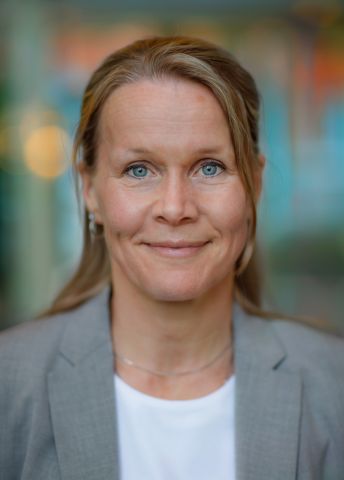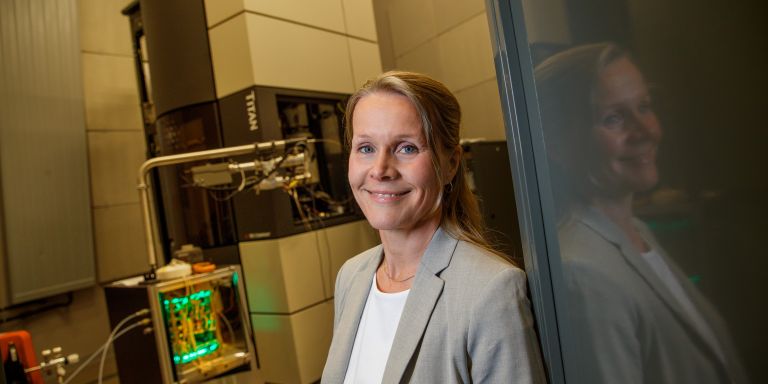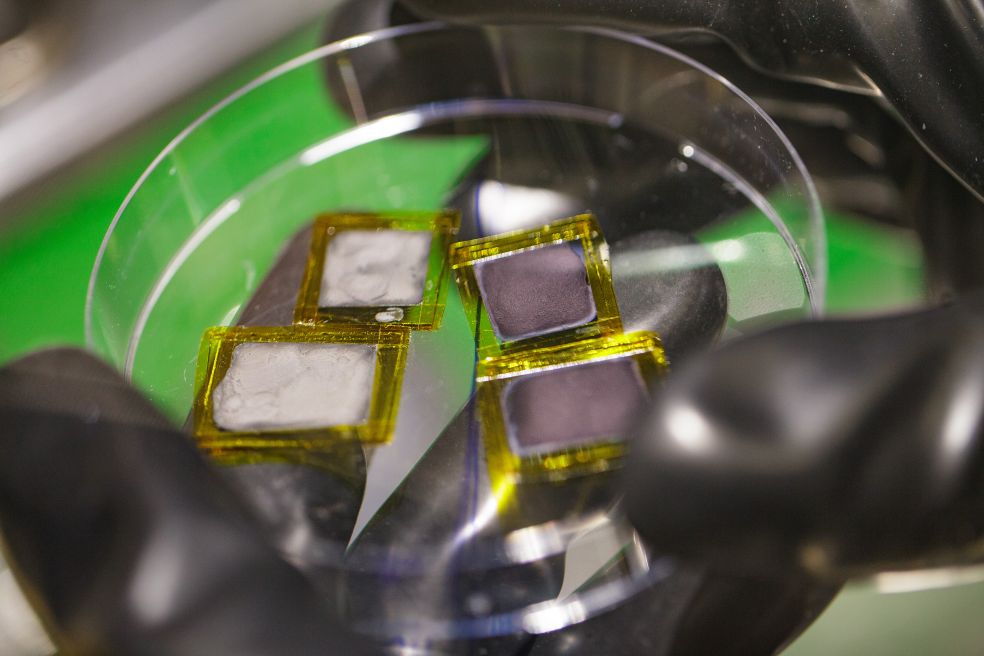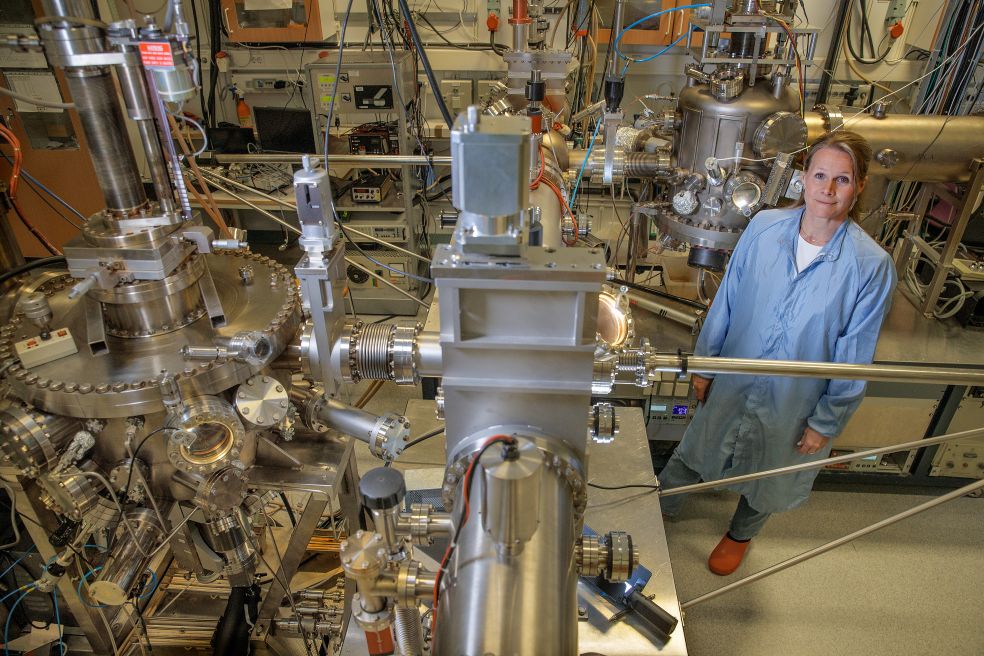
Johanna Rosén
Professor of Materials Physics
Wallenberg Scholar
Institution:
Linköping University
Research field:
Materials physics and the development of new materials (materials design).


Wallenberg Scholar
Institution:
Linköping University
Research field:
Materials physics and the development of new materials (materials design).
Rosén’s research centers on 2D materials. These are materials that can be made so thin that they consist of one or just a few layers of atoms stacked on top of each other. Because they are so thin, they are considered two-dimensional and can acquire unique properties such as excellent conductivity and high strength.
Graphene is one of the better-known 2D materials. Its discovery in 2004 gave a major boost to the research field.
Rosén has primarily focused on a group of materials based on compounds containing metals combined with carbon, nitrogen, or boron. One goal is to continuously improve fabrication methods, but in one experiment, the substitution of one of the chemicals resulted in failure.
“Instead of the 2D material we wanted to create, we got something resembling flat spaghetti – tagliatelle. When we analyzed it, we found it was able to break down antibiotic residues in wastewater.”
The new material turned out to be a form of titanium oxide that also had the ability to catalyze chemical reactions and to block UVA and UVB light.
“We have since followed up the experiment and arrived at a more sustainable method of fabrication. Now we are putting all our effort into finding additional ways to give it more properties and applications.”

She emphasizes, however, that her research is not always intended to yield specific applications but rather to create new tools for future needs.
“For me, it’s about being ready if someone needs a surface that captures carbon dioxide, for example, or a material for a new type of battery electrode. In a perfect world, we would already have developed the right tools for these purposes, in other words to create materials on demand.”
Johanna Rosén’s research extends all the way from seed to loaf: first extensive computer simulations of new materials are carried out; then they are fabricated and analyzed. Finally, they are tested.
“We’ve been using computer simulations for the past fifteen years and built up solid knowledge about what works and what doesn’t. And we always work together – experimentalists side by side with theoreticians, to create a constant loop of feedback.”
We need to find more ways to communicate what we are doing, especially to young people. More people must understand the importance of science so we can work together towards an improved climate.
She encourages her team members to get to know each other’s work and preferably straddle the boundary between research fields. Researchers who have insights in both fields have a greater chance of success, she believes.
“Quite often we are contacted by others who would like our theoretical input. But not everyone understands how long it takes to investigate new materials, especially when it comes to predicting their application potential. That’s why I encourage my colleagues to acquire both theoretical and experimental know-how.”
A five-minute walk from Rosén’s workplace in the Physics Building at Linköping University is the Ångström Building. This futuristic edifice houses a scanning electron microscope that enables researchers to examine the structure of a material down to the atomic level. The microscope was installed in 2011 and will soon be replaced by a more advanced version.
“The microscope is essential to our research.”
The new microscope offers much higher resolution and, in some respects, can rival instruments at the MAX IV synchrotron light facility in Lund. New detectors offer scope for parallel measurements of structure and chemistry at high speed and high resolution.
The new technology can speed up research, particularly when researchers also use AI.
“There are certain bottlenecks in our work that AI can help to ease, particularly by helping us to be quicker at finding patterns in our simulations. This may eliminate the need to perform 100,000 simulations to achieve a result.”
But it is not enough that the research gathers pace, she emphasizes; scientific findings must also be communicated.

Rosén describes herself as someone who loves to have many irons in the fire. So, it is perhaps not surprising that one of her projects is about research communication.
“For a time, I thought a lot about how we communicate research and research progress to the public. I believe the inspiration came from my children’s thoughts about the climate threat.”
Even if researchers manage to find solutions for more sustainable development, those solutions must also reach decision-makers, she stresses. Only when the results are more broadly disseminated will it be possible for more people to feel hope and engage.
“We must all be involved in climate action, but that is not possible if people gain the wrong impression and give up prematurely.”
In light of these concerns, she has started a project together with behavioral scientist Daniel Västfjäll – a project she describes as “a match made in heaven.”
“We share the same goal: to find ways of communicating progress in materials science that also lead to greater use of new materials and technologies. If we can find better ways to reach out, it can contribute to sustainable development, Rosén says.
Text Magnus Trogen Pahlén
Translation Maxwell Arding
Photo Magnus Bergström